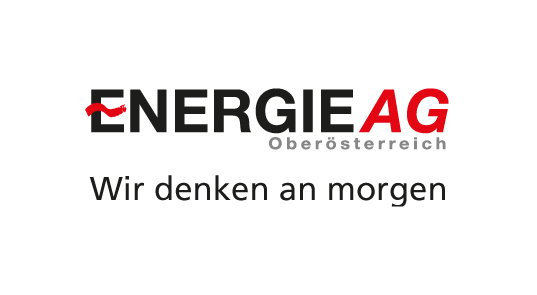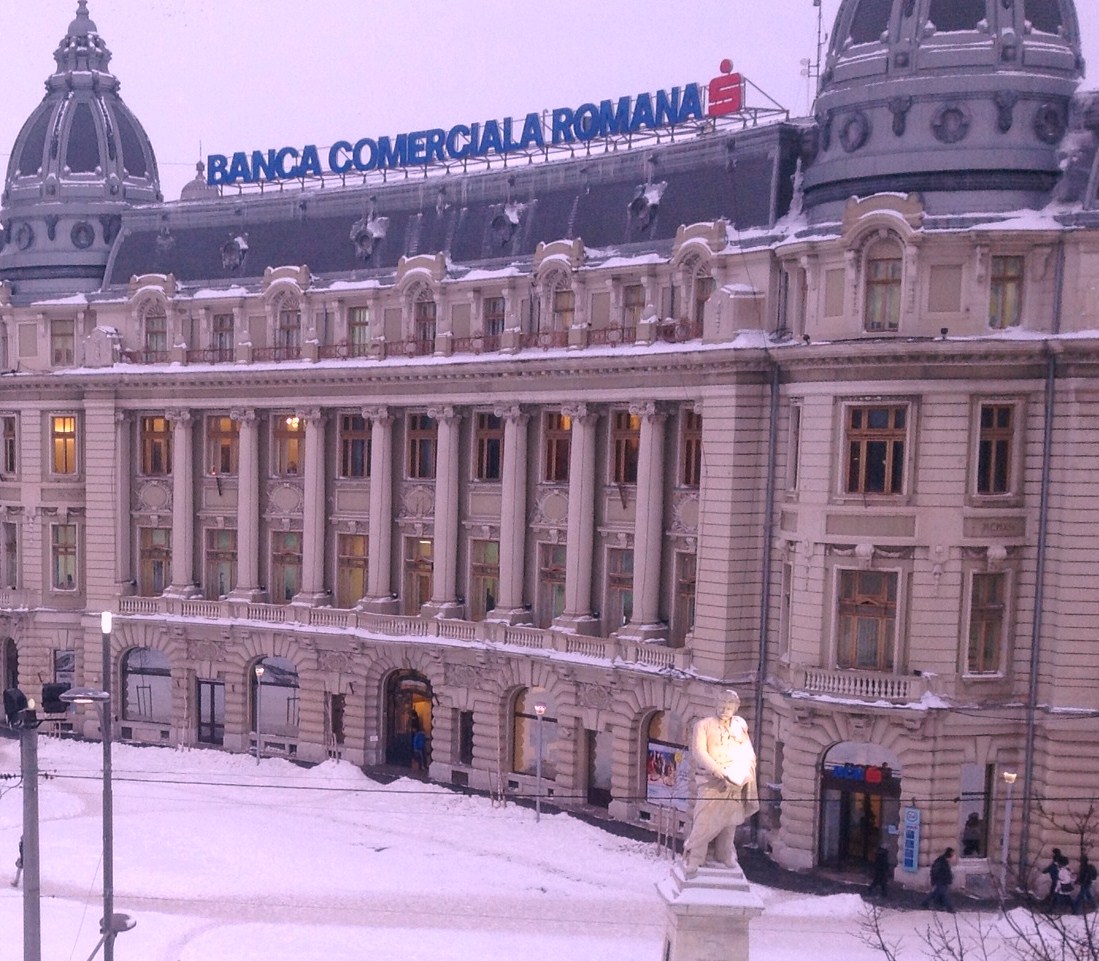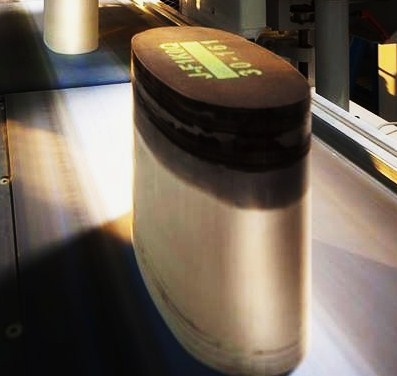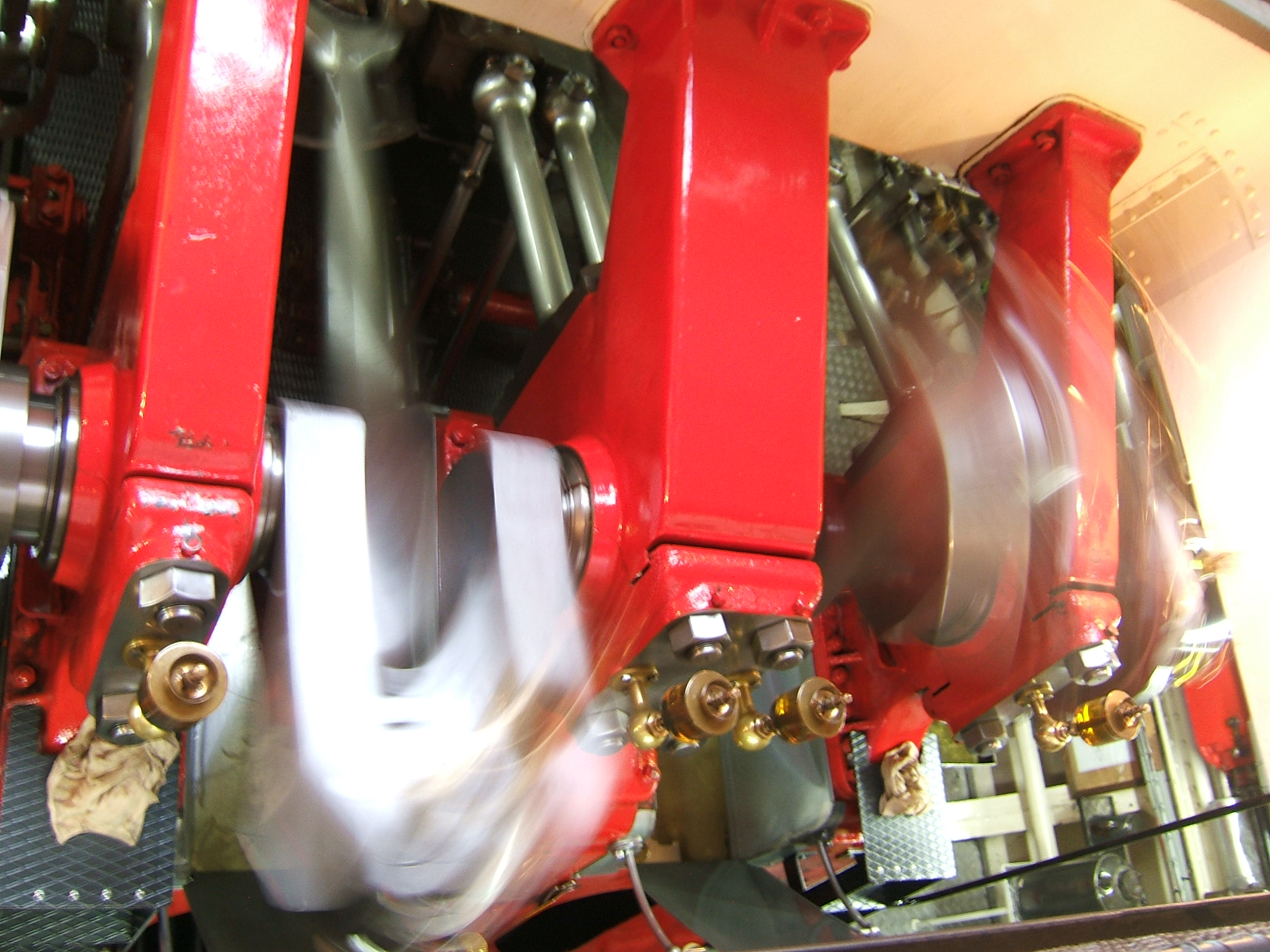Zurich, 18 January
Morocco expects 2014 a GDP growth of 3.5% against 4.6% last year. This will be mainly driven by the rebound in non-agricultural activities, and it strongly depends on the recovery of the economic development in Europe. The GDP growth of the maghrebine kingdom will be also supported by the rebound of government investment (already seen in the second half of 2013) and the relative strength (4%) of general private consumption. The increase of private consumption is however limited by reductions in subsidies recently adopted by the government.
Source: Bloomberg, Jeune Afrique,http://www.finances.gov.ma
These measures should have an impact on the inflation of 3%, against 1.9% in 2013. But they will accelerate the reduction of the public deficit, which should establish at 4.4% of GD in 2014 against 5.9 % last year and 7.6 % in 2012. The continued reform of the compensation fund is needed to bring this deficit below 3% (long-term sustainable levels to maintain public debt to nearly 60% of GDP).
Exchange reserves
In terms of foreign trade, the attenuation of the trade deficit, combined with an expected recovery in remittances from Moroccan citizens residing abroad and increased tourism revenues , should reduce the current account deficit at 8.1% of GDP in 2014, against 8.6 % the last year and 10 % in 2012.
Despite this persistent deficit, the foreign exchange reserves should increase slightly in 2013 and 2014, thanks to the very strong increase in foreign direct investment and the growing appeal of government debt to emissions abroad. But to provide a structural and sustainable response to the problematic balance of payments, the government should accelerate the major export oriented projects (plans Émergence et Azur).RLU









